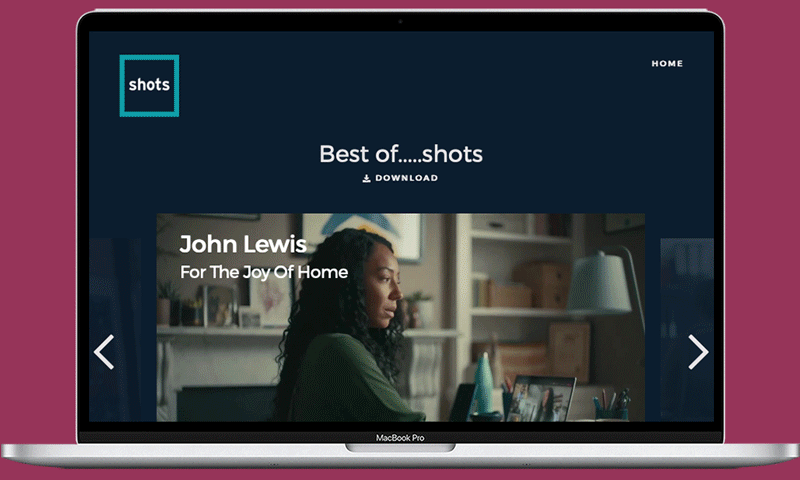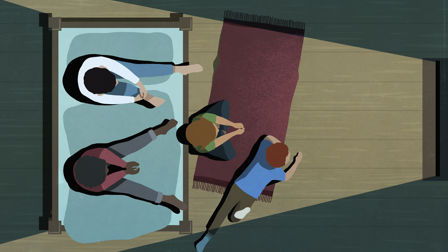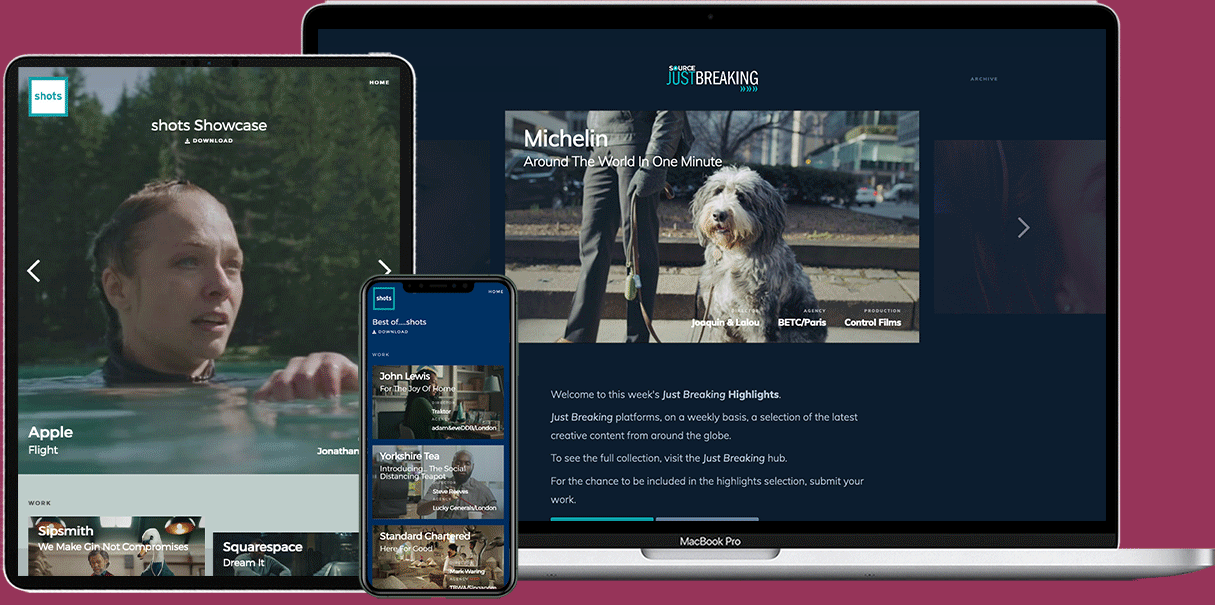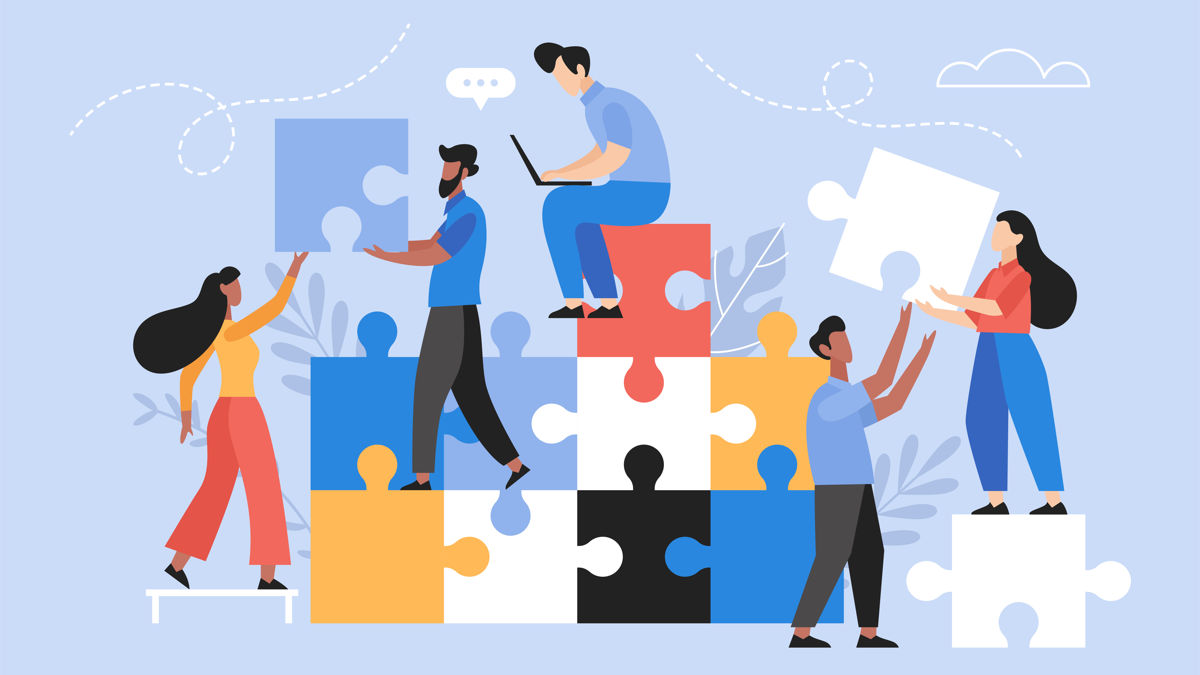How new tech is nurturing the next generation of creatives
Jonathan Notaro, founder and CCO of LA agency Brand New School, explores how advancements in design collaboration tools are boosting the ability to mentor young talent in real time.
We all feel it: Everything is accelerating.
There was a period — okay, a moment — in the early 2000s when we thought technology would make our jobs exponentially easier. But that’s not quite what happened. Yes, technology has solved many problems, but it has also heightened our need to approach it proactively and not passively. Timelines have gotten shorter, and the workday never seems to come to a definitive end. We exist in an accelerating evolution, aided by technology capable of its own upgrades, imagining how it could be improved with little input from us.
[Figma's] seamless workflow integration allowed junior team members to test their mettle on real projects instead of hypothetical ones.
This may feel disconcerting to anyone who can remember life before smartphones. At the same time, advancements such as collaborative tools have become a sweet spot for a generation of designers raised on digital devices, social media, and multiplayer video games — fully accepting of the Internet of Things and the visibility that comes with it. And that’s why we, as creative mentors, ought to lean into that.
The tools for collaboration have come so far in such a short while. This is due primarily to — sorry to bring it up, but it’s true — the pandemic. No tech can faultlessly emulate in-person tone and body language. We quickly realised that Google workspace, Office suite, or whatever it’s called this week, though essential, was still limited. Enter next-gen collaboration software: oodles of new programs that we quickly integrated into our workflow.
New tech has made everybody’s work transparent, for better or worse.
Take the design software Figma, which became our best surrogate for in-room immediacy. It was already a new tool that excited people before the pandemic, with its real-time collaboration features making it a hot item. (At one point, Adobe even considered acquiring it for $20 billion.) In our remote ‘office’, global collaboration soared, in part because this seamless workflow integration allowed junior team members to test their mettle on real projects instead of hypothetical ones. As mentors, we could nurture young talent by reaching through their computer screens, looking over their digital shoulders, and vice versa.
Instead of one office, we now have two — and you get to sleep in one of them.
Of course, technology doesn’t come without trappings. This new tech has made everybody’s work transparent, for better or worse. If you could see your coworker contributing in real-time in the office, it’s reasonable to want to see that digitally, right? The main issue with this level of accessibility is just that: accessibility. Instead of one office, we now have two — and you get to sleep in one of them. While our younger coworkers are comfortable in collaborative workspaces, they are also wisely mindful of the work-life (im)balance here. This is a collateral effect of tech that we’ve had to collectively negotiate.
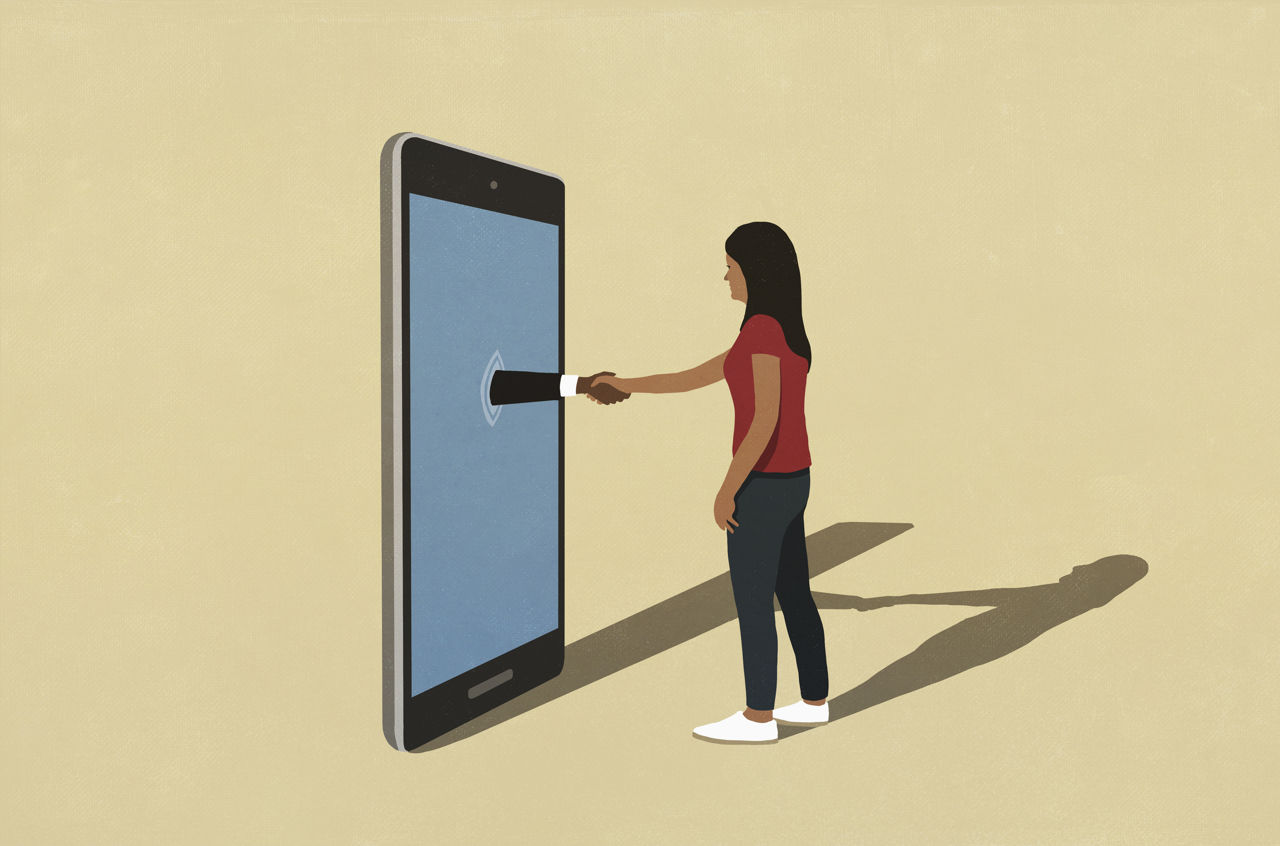
Mentors are able to nurture young talents by "reaching through their computer screens, looking over their digital shoulders."
Still, this tech-driven collaboration has been valuable for our design teams, especially those eager to grow in their roles. They can see how their peers work, learning more from the processes and methods their coworkers use while still in the trenches of a project. This is real-time iteration that’s far more effective than the Monday morning quarterbacking of yore.
Like most other companies, we’ve also experimented with tools powered by artificial intelligence, with mixed results. AI can weed out weak ideas, but its algorithms also enforce clichés. As a result, they can steer us towards repetitive solutions under the pretense of effective problem-solving. But that fast output can slow you down.
Many of us have endowed AI with sentience and view it as our coworker instead of a tool we have the power to control.
At the same time, compassionate deadlines have shifted to “do it NOW, (please).” But the thing about AI is that it lacks human insight and creativity, which is (I sure hope) every creative company’s requirement in the staff they hire. It is tempting to compete with AI by providing hasty feedback and jumping the gun on projects to emulate something AI does poorly. Also, many of us have endowed AI with sentience and view it as our coworker instead of a tool we have the power to control. We’re short-changing what makes us invaluable as creatives: our humanity. We aren’t robots. Technology cannot mentor us.
Tech will come whether we want it or not.
We will always need to adapt to continue to grow creatively. One thing technology can’t replace is that in-the-room magic that happens when you’re in the flow of creating something entirely new with other artists and creative minds that inspire you. In many ways, that’s the one thing that has not changed from 20 years ago.
Tech will come whether we want it or not. So it’s up to us to put it in its place, to recast it in service of humans, to nurture and bolster our creative vision. Because if there’s one thing I’ve learned by witnessing the rise and fall of the next hot thing in tech over the decades, it’s that investing in people is always a good idea.


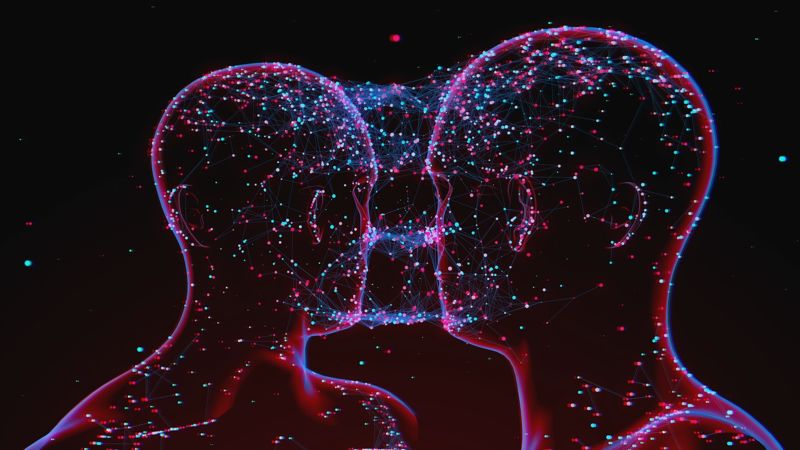
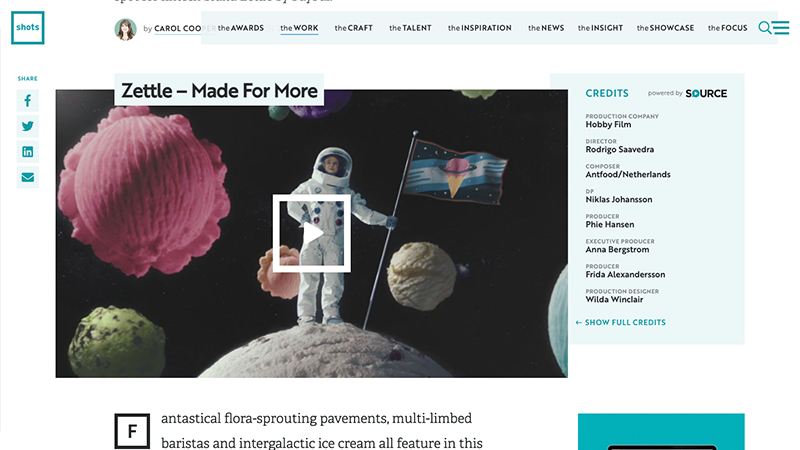

 + membership
+ membership